Affiliate links on Android Authority may earn us a commission. Learn more.
How does the Nokia 8 stack up against the competition?
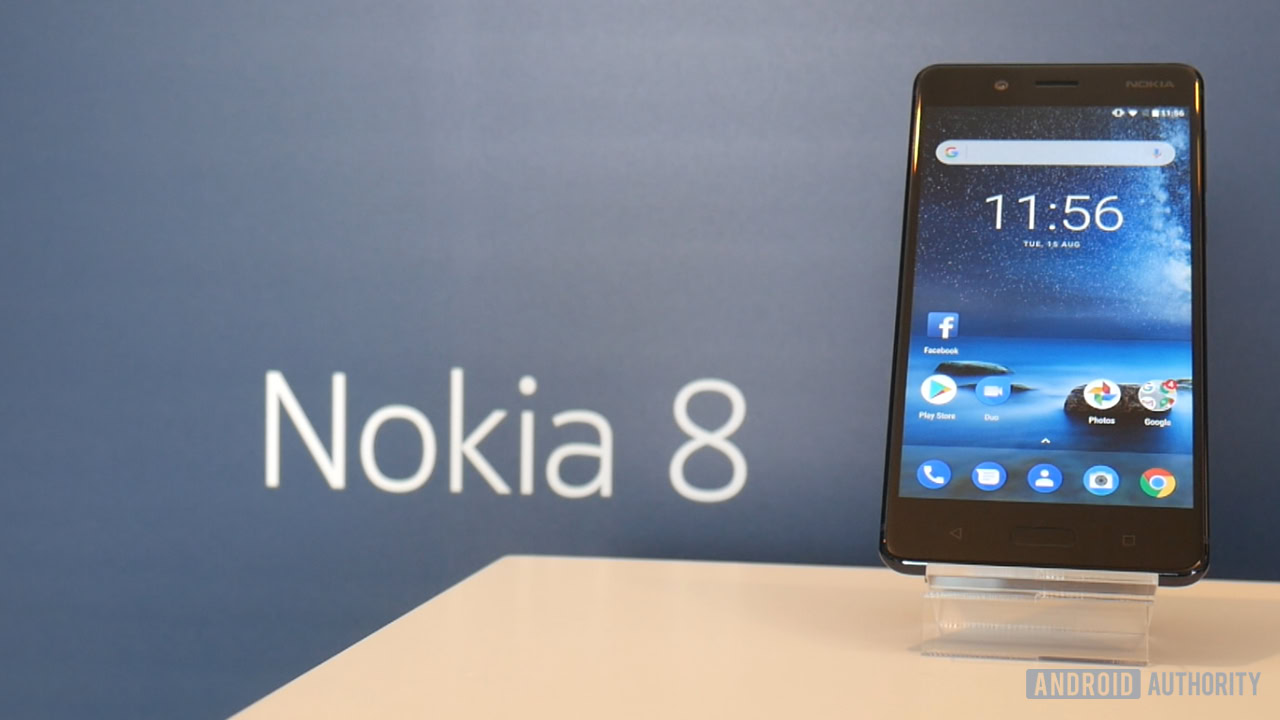
After months of rumors and speculation, HMD Global unveiled the Nokia 8, the first Nokia flagship that runs Android. This carries a bit of historical significance, but it also means that Nokia has entered a domain full of strong and worthwhile contenders. Whether the Nokia 8 remains afloat in this crowded field of smartphones partly depends on how much the Nokia name can carry the phone, but also whether the Nokia 8 is a good option on its own.
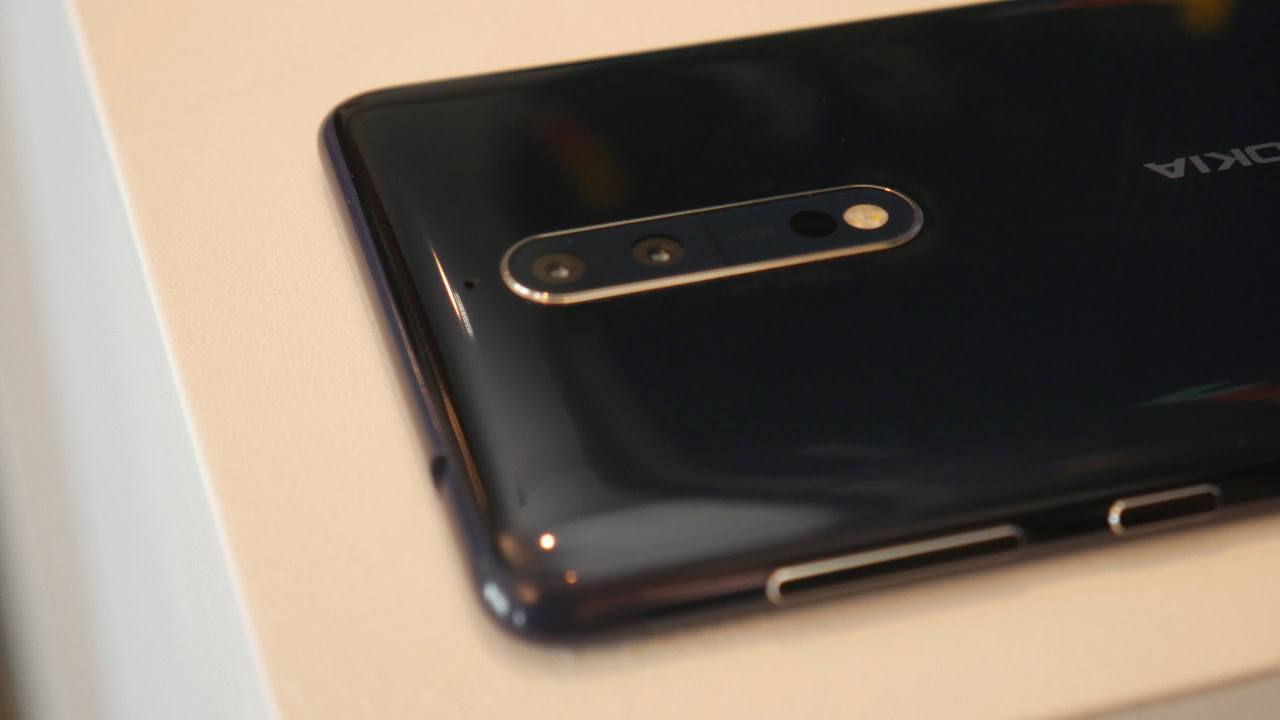
On the spec tables below, I’ve included the Moto Z2 Force, OnePlus 5, HTC U11, Samsung Galaxy S8/S8 Plus, and LG G6. Keep in mind there are other notable releases from this year and even from last year, a particularly strong point if you are someone willing to save some scratch to get something a bit older.
Starting things off with processors, the Nokia 8 joins the growing list of phones that feature Qualcomm’s latest 10nm Snapdragon 835 mobile platform. All the phones except the LG G6 feature the processor, with the LG G6 featuring last year’s Snapdragon 821. It is still a speedy chipset, but the Snapdragon 835 will give you more future-proofing, extra performance, and more battery life in the long run.
| OnePlus 5 | HTC U11 | Galaxy S8 / S8 Plus | LG G6 | HUAWEI P10 Plus | |
|---|---|---|---|---|---|
Display | OnePlus 5 5.5-inch 1080p AMOLED (1920x1080) | HTC U11 5.5-inch QHD LCD (2560x1440) | Galaxy S8 / S8 Plus 5.8-inch / 6.2-inch QHD+ AMOLED (2960x1440) | LG G6 5.7-inch QHD+ LCD (2880x1440) | HUAWEI P10 Plus 5.5-inch QHD LCD (2560x1440) |
SoC | OnePlus 5 Snapdragon 835 | HTC U11 Snapdragon 835 | Galaxy S8 / S8 Plus Snapdragon 835 or Exynos 8895 | LG G6 Snapdragon 821 | HUAWEI P10 Plus Kirin 960 |
CPU | OnePlus 5 4x 2.45 GHz Kryo 280 + 4x 1.7 GHz Kryo 280 | HTC U11 4x 2.45 GHz Kryo 280 + 4x 1.7 GHz Kryo 280 | Galaxy S8 / S8 Plus 4x 2.4 GHz Kryo 280 + 4x 1.7 GHz Kryo 280 or 4x 2.4 GHz Samsung M2 + 4x 1.7 GHz Cortex-A53 | LG G6 2x 2.35 GHz Kryo + 2x 1.6 GHz Kryo | HUAWEI P10 Plus 4x 2.4 GHz Cortex-A73 + 4x 1.8 GHz Cortex-A53 |
GPU | OnePlus 5 Adreno 540 | HTC U11 Adreno 540 | Galaxy S8 / S8 Plus Adreno 540 or Mali-G71 MP20 | LG G6 Adreno 530 | HUAWEI P10 Plus Mali-G71 MP8 |
RAM | OnePlus 5 6 / 8 GB | HTC U11 4 / 6 GB | Galaxy S8 / S8 Plus 4 GB | LG G6 4 GB | HUAWEI P10 Plus 4 / 6 GB |
Storage | OnePlus 5 64 / 128 GB | HTC U11 64 / 128 GB | Galaxy S8 / S8 Plus 64 GB | LG G6 32 / 64 GB | HUAWEI P10 Plus 64 / 128GB |
MicroSD? | OnePlus 5 No | HTC U11 Yes | Galaxy S8 / S8 Plus Yes | LG G6 Yes | HUAWEI P10 Plus Yes |
The Nokia 8 also keeps pace with other flagships in terms of displays, with the phone featuring a Quad HD (2,560 x 1,440) resolution. Apart from the OnePlus 5, which sticks to a 1080p AMOLED display, all the other displays feature at least QHD resolution. Even putting the OnePlus 5 aside, however, discrepancies remain between display technology.
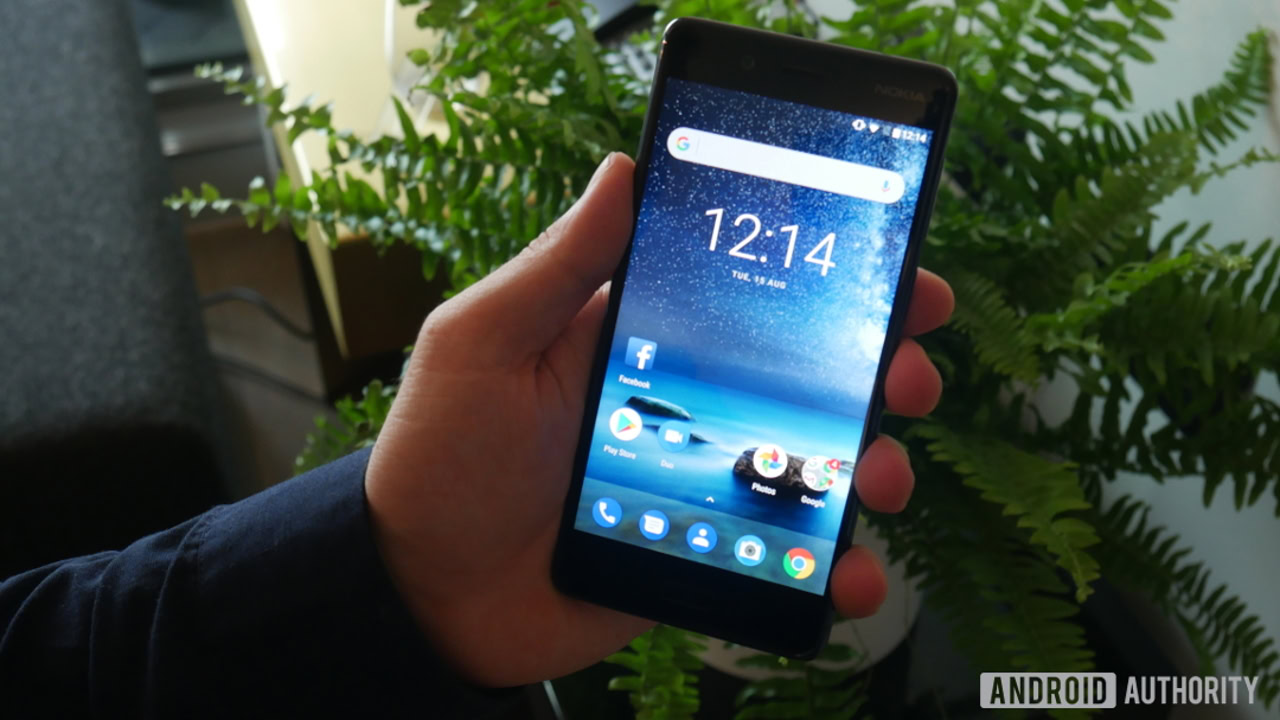
For one, the Nokia 8’s and LG G6’s panels are LCD, which means that they do not support Daydream VR. Meanwhile, the LG G6’s and Galaxy S8/S8 Plus’ panels support HDR, but even then, the specifics are a bit fuzzy. All of the displays are scratch-resistant to an extent, but the Moto Z2 Force’s display technology prevents it from shattering when dropped, at the expense of a scratch-prone screen. Finally, whereas the LG G6 and Galaxy S8/S8 Plus feature taller, 18:9 displays, the Nokia 8, Moto Z2 Force, OnePlus 5, and HTCU11 feature more traditional 16:9 displays.
In other words, if you do not care about any of that, the Nokia 8’s display will serve you just fine. If you sweat over the details, however, it might be best to do a bit of homework on all of the phones.
Things get a bit simpler when it comes to memory. The Nokia 8 features 4 GB of RAM and 64 GB UFS flash across the board, though the Tempered Blue variant features 6 GB of RAM and double the storage. Regardless of the color choice, the fast UFS options are a boon and the microSD card slot is there if those storage amounts are not enough.
| Nokia 8 | Moto Z2 Force | OnePlus 5 | HTC U11 | Galaxy S8 / S8 Plus | LG G6 | |
|---|---|---|---|---|---|---|
Cameras | Nokia 8 Dual 13 MP f/2.0 rear with OIS 13 MP f/2.0 front | Moto Z2 Force Dual 12 MP f/2.0 rear 5 MP f/2.2 front | OnePlus 5 16 MP + 20 MP f/1.7 rear with EIS 16 MP f/2.0 front with EIS | HTC U11 12 MP f/1.7 rear with OIS 16 MP front | Galaxy S8 / S8 Plus 12 MP f/1.7 rear with OIS 8 MP f/1.7 front | LG G6 Dual 13 MP f/2.4 & f/1.8 rear with OIS 5 MP f/2.2 front |
Battery | Nokia 8 3,090 mAh | Moto Z2 Force 2,730 mAh | OnePlus 5 3,300 mAh | HTC U11 3,000 mAh | Galaxy S8 / S8 Plus 3,000 / 3,500 mAh | LG G6 3,300 mAh |
NFC | Nokia 8 Yes | Moto Z2 Force Yes | OnePlus 5 Yes | HTC U11 Yes | Galaxy S8 / S8 Plus Yes | LG G6 Yes |
Fingerprint | Nokia 8 Yes | Moto Z2 Force Yes | OnePlus 5 Yes | HTC U11 Yes | Galaxy S8 / S8 Plus Yes | LG G6 Yes |
Fast charge | Nokia 8 Quick Charge 3.0 | Moto Z2 Force TurboPower | OnePlus 5 Dash Charge | HTC U11 Quick Charge 3.0 | Galaxy S8 / S8 Plus Yes | LG G6 Quick Charge 3.0 |
IP rating | Nokia 8 IP54 | Moto Z2 Force No | OnePlus 5 No | HTC U11 IP67 | Galaxy S8 / S8 Plus IP68 | LG G6 IP68 |
3.5 mm audio | Nokia 8 Yes | Moto Z2 Force No | OnePlus 5 Yes | HTC U11 No | Galaxy S8 / S8 Plus Yes | LG G6 Yes |
Extras | Nokia 8 USB Type-C, Nokia OZO audio | Moto Z2 Force USB Type-C, Moto Mods | OnePlus 5 USB Type-C, Hi Res Audio, 2x Optical Zoom | HTC U11 USB Type-C, Boomsound Hi-Fi, HTCConnect, Hi Res audio, AI assistants, Edge Sense | Galaxy S8 / S8 Plus USB Type-C, Bixby, Facial Recognition, Wireless Charging, Samsung Pay, HDR display | LG G6 USB Type-C, Wireless Charging, HDR Display, Hi Res audio |
OS | Nokia 8 Android 7.1.1 | Moto Z2 Force Android 7.1.1 | OnePlus 5 Android 7.1 | HTC U11 Android 7.1 | Galaxy S8 / S8 Plus Android 7.0 | LG G6 Android 7.0 |
Moving right along, Nokia puts its relationship with Carl ZEISS optics to good use with the Nokia 8’s dual 13 MP cameras. Both sensors feature f/2.0 aperture, but the color sensor is the only one with optical image stabilization – the monochrome sensor does not feature OIS. The front-facing sensor also stands at 13 MP with f/2.0 aperture and auto-focus, which allows the Nokia 8 to include its “bothie” feature.
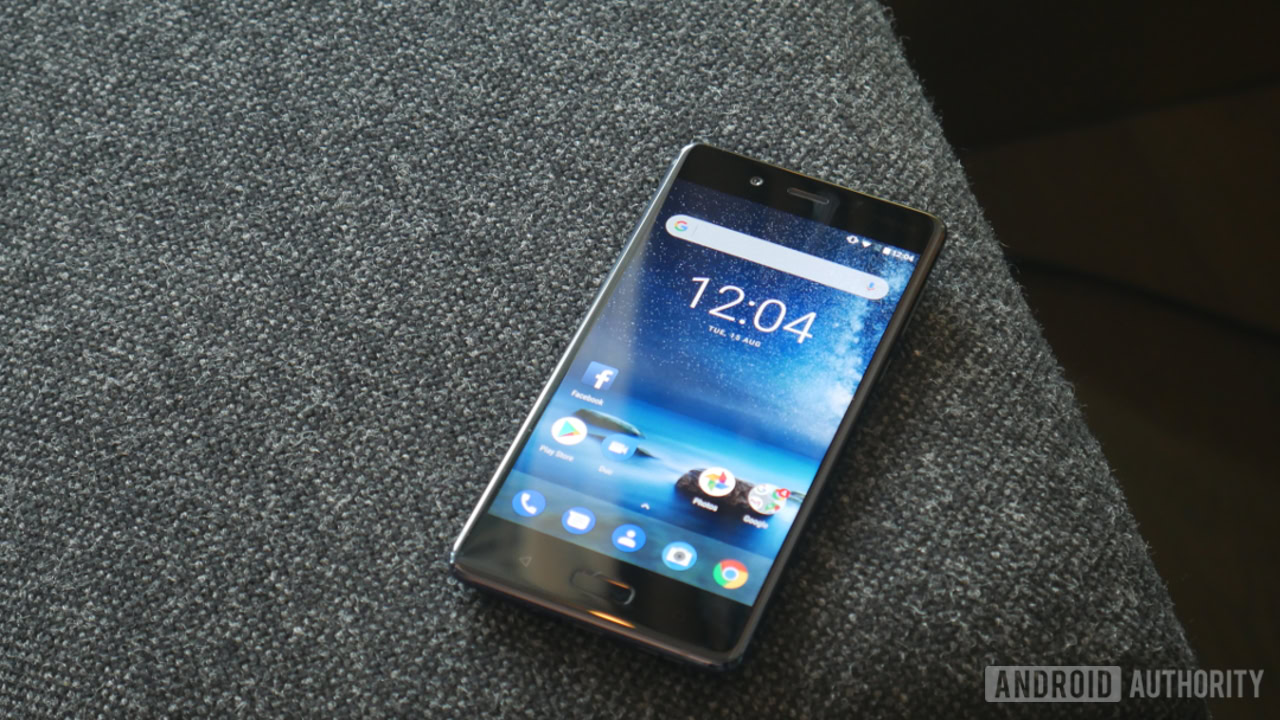
This feature allows pictures and videos to be taken with the front and rear cameras at the same time. The phone also utilizes Ozo Audio that uses its microphones to capture a high dynamic range and record binaural audio. It is nice to have these features available out of the box, but, at least with the “bothie” mode, it can be replicated with the right app.
This is where the other options come in. The Moto Z2 Force, OnePlus 5, and LG G6 also feature dual rear cameras, while the single rear sensors found on the HTCU11 and Galaxy S8/S8 Plus are still impressive. The LG G6’s selfie sensor is really the only “okay” option available, but we are at a point where Android flagships finally feature capable cameras on the front and back.

In terms of battery, the Nokia 8 features a 3,090 mAh battery with Quick Charge 3.0. The standard allows for rapid charging, but the emphasis is on improved efficiency. If fast charging is all you want, then things do not get faster than the OnePlus 5’s Dash Charge. You have to use the cable and power brick included in the box if you want to use Dash Charge, however, and the OnePlus 5 does not support any other fast charging standard.
Finally, the Nokia 8 does not mess around too much with bonus features. The phone features IP58 certification, so while it is reasonably protected against dust, it is only splash-proof. The phone also retains the 3.5 mm headphone jack, NFC, and Android 7.1.1 Nougat. We know that last bit is a weird thing to include for bonus features, but that is for a good reason: timely updates, which Nokia promised for its Android phones and has so far delivered.
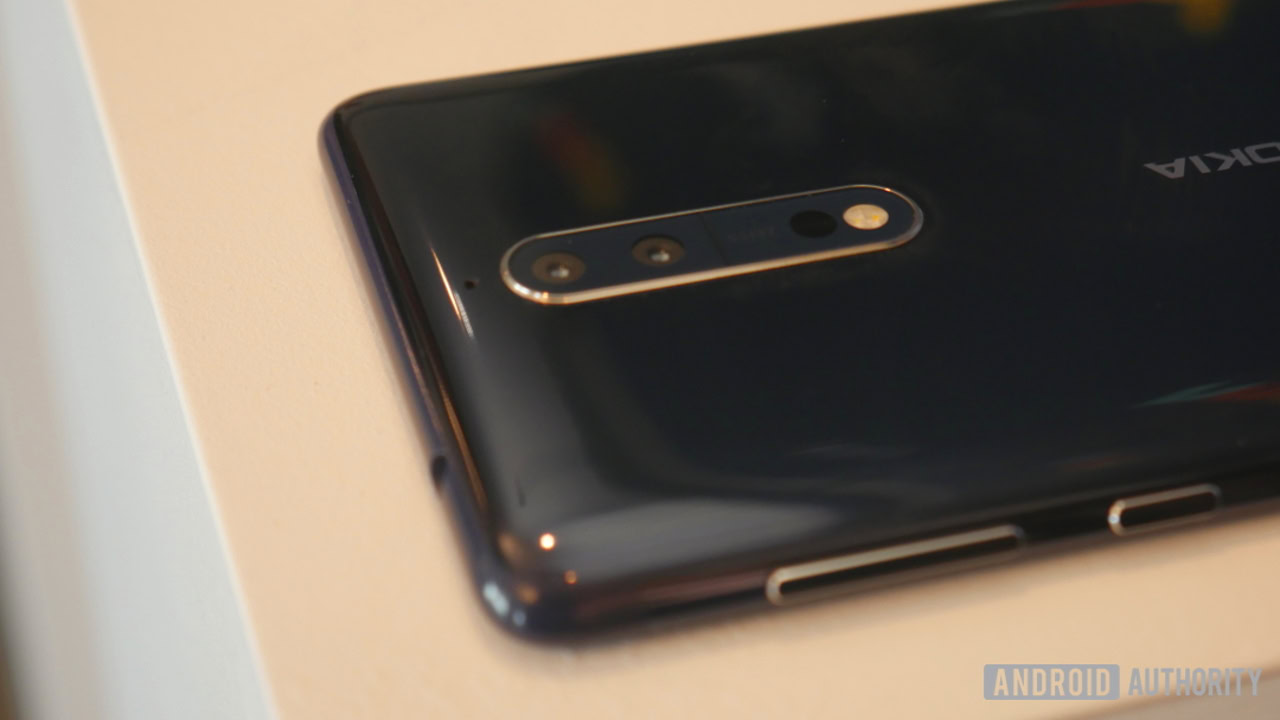
The HTCU11, Galaxy S8/S8 Plus, and LG G6 also feature IP ratings for water and dust resistance, but the Moto Z2 Force and OnePlus 5 do not. With more and more flagships featuring IP ratings, it is becoming less of an excuse for higher-tier phones to have water and dust resistance.
Finally, we have to discuss virtual assistants because, for some reason, HTCand Samsung are dabbling with them with Amazon Alexa and Bixby, respectively. They, along with the Nokia 8 and the others, also use Google Assistant, with Nokia choosing to put efforts elsewhere.
Wrapping up
Overall, the Nokia 8 checks off all the boxes that a 2017 Android flagship needs to. The problem, and one you might have caught on, is whether the Nokia 8 does enough to differentiate itself from the competition. Sure, the Nokia name is still an evocative one, but I am not sure whether it will convince folks to buy the Nokia 8 over something like the Samsung Galaxy S8/S8 Plus.
Another concern is the Nokia 8’s price, which currently sits at €599. My fears would be greatly diminished if it sold for $599, but if the phone sells for the conversion rate of around $705, that puts the Nokia 8 in a financial pickle. The OnePlus 5, which features similar specs across the board sans the display, sells for $200 less in the US. Funny enough, the only phone in this comparison that costs more than the Nokia 8, at least in USD, is the Moto Z2 Force.
Even with all of that being said, the Nokia 8 looks to be a solid Android flagship, but what do you think? Do you think the Nokia 8 stacks up well against the best of the best that Android has to offer thus far?
Check out our other Nokia 8 coverage: